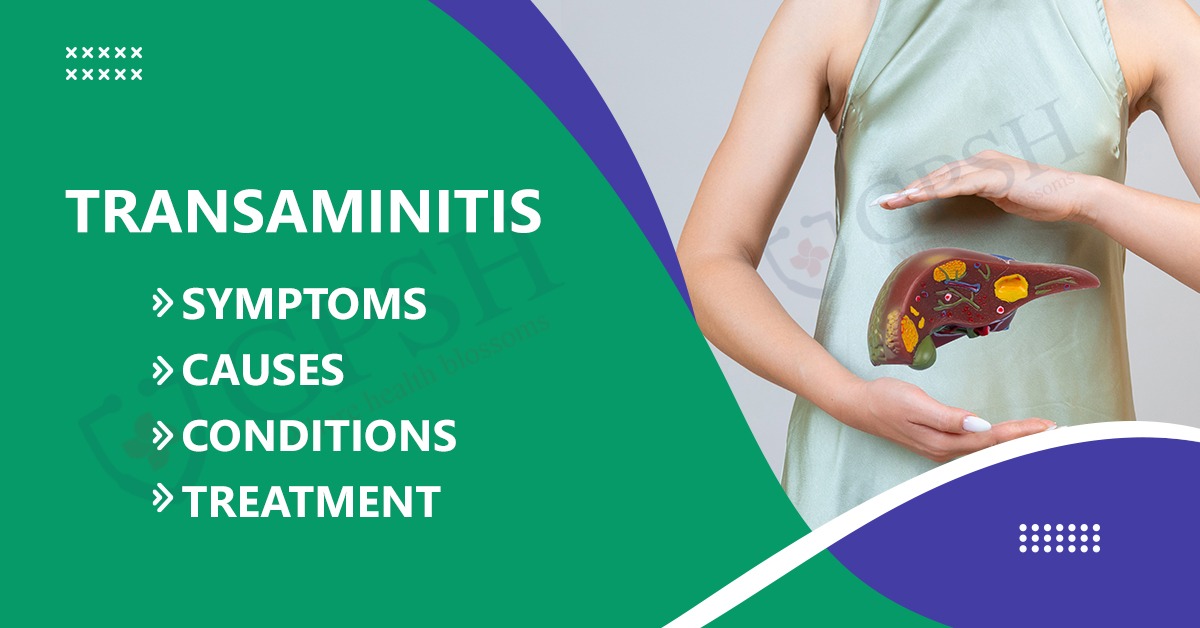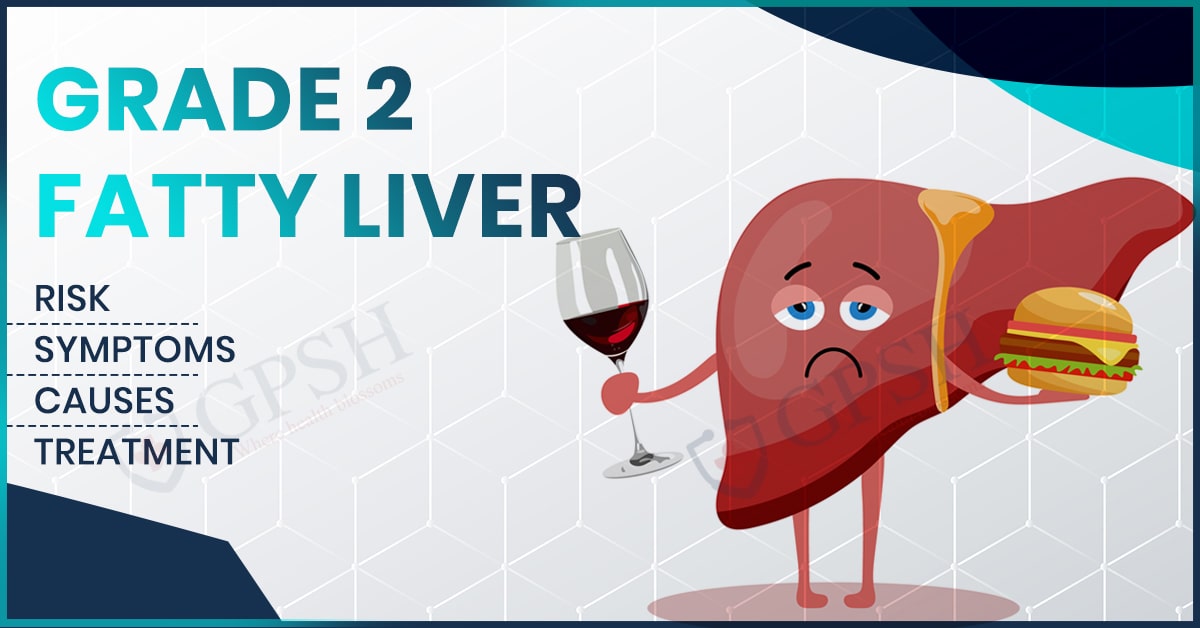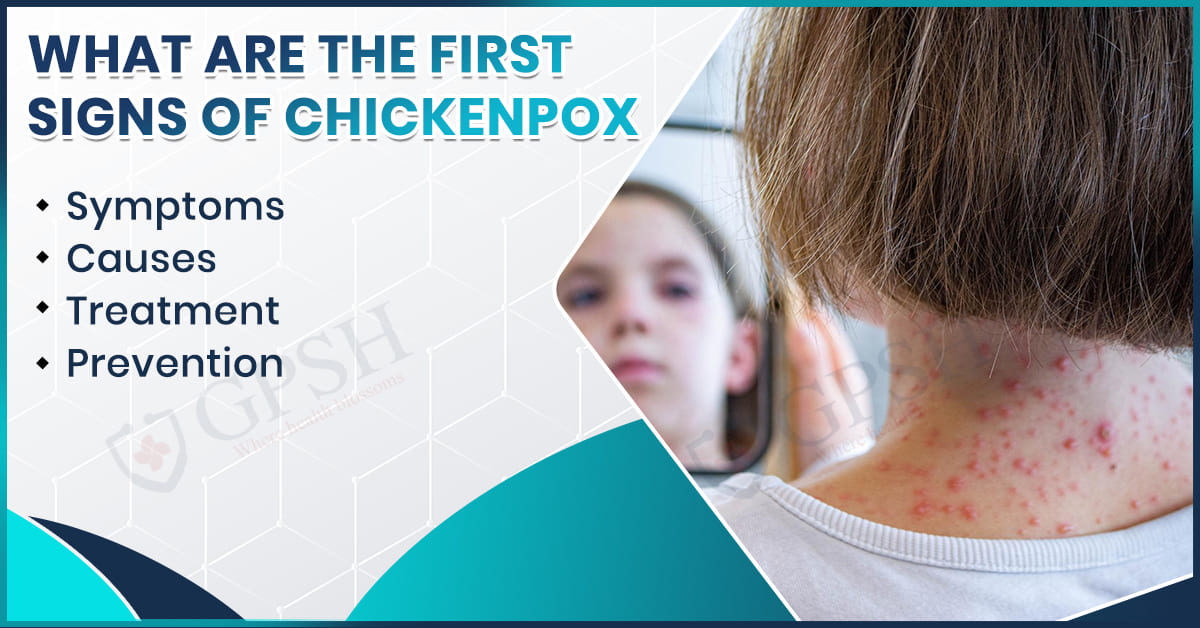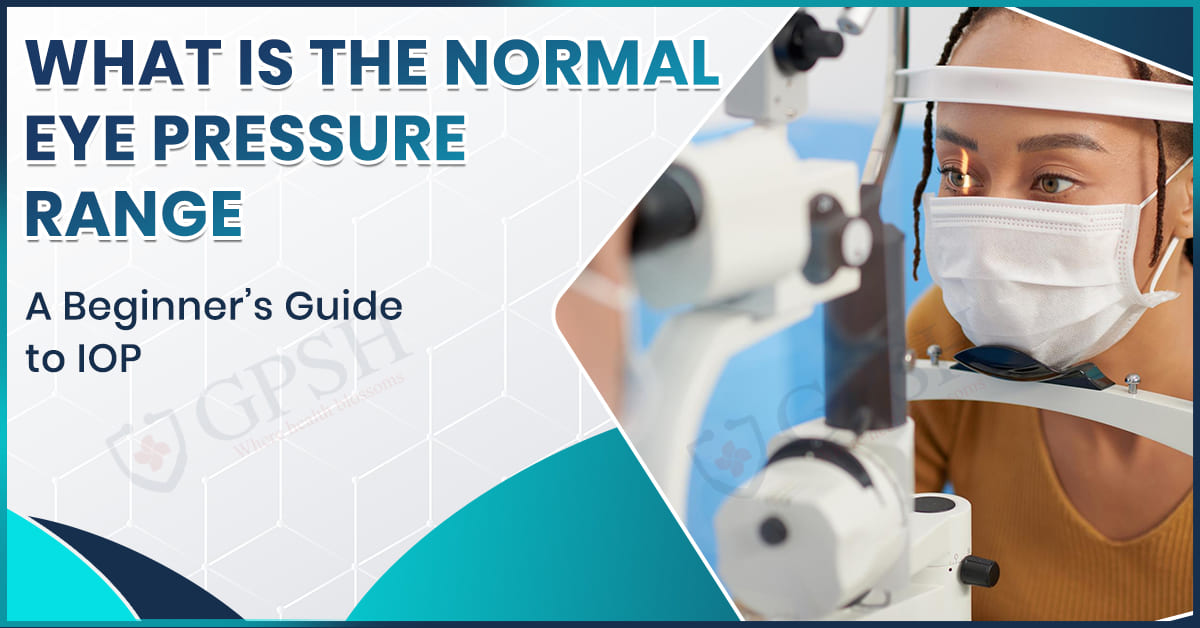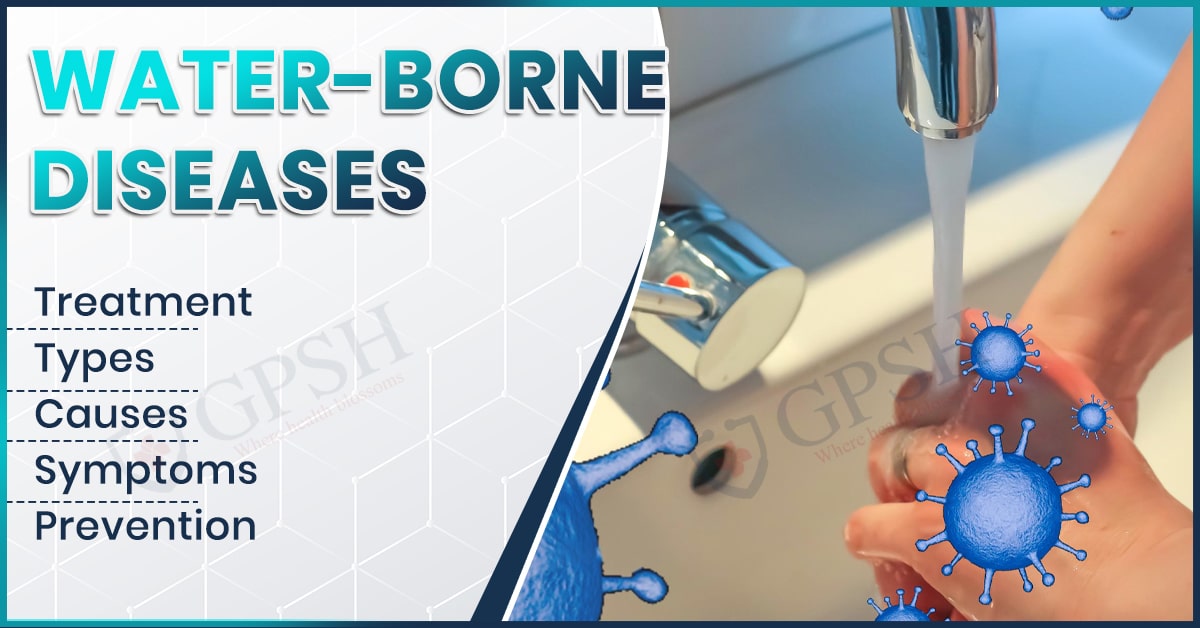The liver is your body’s largest internal organ. The majority of the chemicals your body requires are produced by it, and it also metabolizes food nutrients to produce energy, among its more than 500 other tasks. It accomplishes a lot of this using enzymes, which are chemicals that aid in accelerating liver reactions.
Aspartate transaminase (AST) and alanine transaminase (ALT) are two examples of these enzymes. Transaminitis appears when either one of these enzymes—or both—is present at higher-than-normal levels. This may happen as a result of certain illnesses, medications, or drug abuse.
What is Transaminitis?
Transaminases are a family of enzymes, and transaminitis, or hypertransaminasemia, describes abnormally high levels of them. While transaminitis itself is not a disease, it can indicate other problems that need attention. Inflammation in the liver may be brought on by high-fat levels or other issues.
The liver uses transaminases extensively. They facilitate chemical breakdown, remove toxins from the body, and support the organ’s cell function.
There are some milder causes of elevated transaminases. Nevertheless, transaminitis occasionally signals life-threatening conditions. Investigating the causes of the elevated levels and identifying any underlying problems are crucial.
You Can Also Read:- When to Take Creatine? Best Time to take Creatine
Causes of Transaminitis
Transaminases can be overproduced and released into the bloodstream as a result of liver cell damage or inflammation. Several conditions, such as the following, can lead to transaminitis.
Non-Alcoholic Fatty Liver Disease (NAFLD):
NAFLD is a condition in which excessive fat builds up in the liver of persons who do not drink alcohol. It is the most prevalent cause of transaminitis in the United States, accounting for 25% of all cases. Some cases of NAFLD proceed to severe liver illnesses such as scarring (cirrhosis) or liver failure.
The following are some of the most common causes of NAFLD:
- Blood fat levels are high (triglycerides).
- Diabetes type 2 or prediabetes is associated with high blood sugar levels.
- The body cells do not absorb insulin when they are resistant to insulin.
- Obesity.
Alcoholic Liver Disease (ALD):
A group of illnesses caused by drinking alcohol is referred to as an alcoholic liver disease. Drinking too much alcohol can harm the liver’s cells. Steatohepatitis, a more severe form of inflammation of the liver tissue caused by alcoholism, can exacerbate cirrhosis and liver failure.
The amount of alcohol consumed does not, however, affect the likelihood of developing ALD. People who drink moderately can develop ALD, whereas heavy drinkers may not always do so.
Viral Hepatitis:
The liver inflammation known as viral hepatitis is brought on by a virus. The three most typical types of hepatitis are as follows:
- Hepatitis A: Hepatitis A is a highly contagious viral infection that is brought on by ingesting the tiniest amounts of contaminated food and water. The majority of people recover without experiencing any serious illness, but the condition can last for a few weeks or even a few months. Children between the ages of 12 and 23 months can get the hepatitis A vaccine, and anyone else who wants to can get it as well.
- Hepatitis B: Hepatitis B can infect the liver and result in liver cancer. It spreads through bodily fluids like blood and sperm. Young children and infants receive it frequently.
- Hepatitis C: Although hepatitis C is a mild infection that only lasts a few weeks, the majority of people end up with a chronic infection that lasts their entire lives. Hepatitis C has no vaccine, but 8 to 12-week medication courses can cure it in up to 90% of patients.
Non-Viral Hepatitis:
The two most frequent hepatitis causes that are not caused by viruses are autoimmune and alcohol-related hepatitis. Alcohol-related hepatitis is brought on by excessive alcohol consumption, whereas autoimmune hepatitis is brought on by the immune system of the body attacking the liver cells.
Viral Infections:
Transaminitis is a viral infection that can be brought on by cytomegalovirus (CMV) infection and infectious mononucleosis.
The Epstein-Barr virus, which also causes fever, sore throat, and extreme exhaustion, is the cause of infectious mononucleosis. The most prevalent harmless infection, CMV, is known to cause fatigue, fever, and sore throats.
Genetic Conditions:
Transaminitis can also be brought on by inherited genetic conditions like hemochromatosis, which causes the body to store too much iron, Wilson’s disease, which causes too much copper to build up in the body, and celiac disease, which is brought on by consuming gluten.
Medications and Herbal Supplements:
Transaminitis can be brought on by vitamin A supplements, cyclic depressants like Desipramine (Norpramin), over-the-counter pain relievers like Acetaminophen (Tylenol), amiodarone (Cordarone), and over-the-counter pain relievers like Acetaminophen (Tylenol).
You Can Also Read:- Aspergillosis: Types, Causes, Symptoms, Diagnosis & Treatment
What are the symptoms of Transaminitis?
Transaminitis by itself does not cause symptoms, but underlying liver conditions can result in symptoms like:
- Appetite loss
- Vomiting
- Weakness
- Tiredness
- Nausea
- Discomfort or fullness in the stomach
- The term “jaundice” refers to a yellow skin tone or eye whites.
- Dark or tea-colored urine
- Stool that is white
- Itching
How Is Transaminitis Diagnosed?
A doctor will conduct a physical examination and take a thorough medical history to identify transaminitis. They may also request blood tests, for which they will require the subject to fast.
The results of the blood tests will reveal the blood’s overall capacity to bind iron as well as the concentrations of:
- glucose
- iron
- ferritin
- hepatitis B surface antigen
- hepatitis C virus antibody
If these levels are within the normal range, a physician will advise making lifestyle changes and requesting that the patient undergo routine checkups until the transaminase levels decrease.
Additional testing is sometimes necessary. These examinations might involve ultrasound imaging or a measurement of the blood’s antibody levels.
How Is Transaminitis Treated?
Treatment of the underlying cause is essential in managing transaminitis because it is a condition. The following actions are those that doctors advise taking:
- staying away from alcohol.
- Losing weight.
- Exercise regularly.
- Keeping a healthy diet by avoiding processed foods, red meat, trans fat, and sugar-rich foods.
- Complementary and prescription medicines should be taken as prescribed.
- Monitoring the liver’s health.
- The importance of getting treatment for viral infections as soon as possible.
- By following a proper treatment plan, chronic conditions such as diabetes can be kept under control.
- In cases where medications are causing the problem, ask for alternative medicines.
- Hepatitis A and B vaccinations are necessary for protection.
Prevention of Transaminitis
Transaminitis can happen for several causes. While some of the causes of transaminitis are beyond your control, others can be avoided. You can lower your risk of transaminitis by doing the following:
- Reduced alcohol consumption: While long-term excessive alcohol use can cause liver damage, drinking less alcohol can lessen the risk of liver damage.
- Making lifestyle changes: You can try to prevent NAFLD by eating a balanced diet and exercising regularly. Mono can be avoided by not sharing drinks or utensils with others.
- Assessing drugs: While less common, certain medications might induce transaminitis by damaging your liver. You can speak with your doctor about the risk of transaminitis and various treatments. You should also report any unusual side effects as soon as possible.
- Getting vaccinated: Hepatitis B and C are the most common kinds of hepatitis to induce transaminitis. While there is no vaccination to protect against hepatitis C, there is one to protect against hepatitis B. Receiving the vaccine can help protect you against the virus and any potential liver damage.


